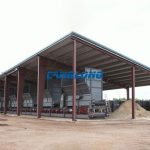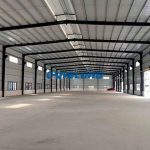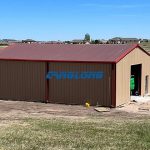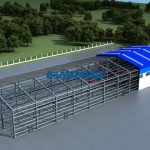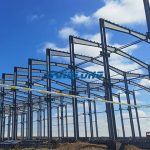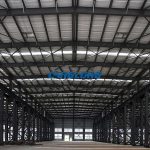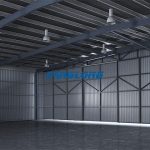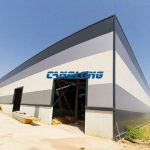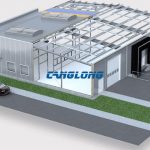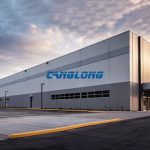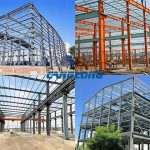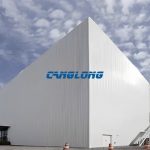Application of steel structure in modern factory building design
With the rapid development of modern construction technology, steel structure, as an efficient, environmentally friendly and sustainable building material, has been widely used in modern factory building design. Steel structure factory buildings not only have significant structural advantages, but also perform well in terms of economy and environmental protection, making them the preferred material for modern industrial factory.
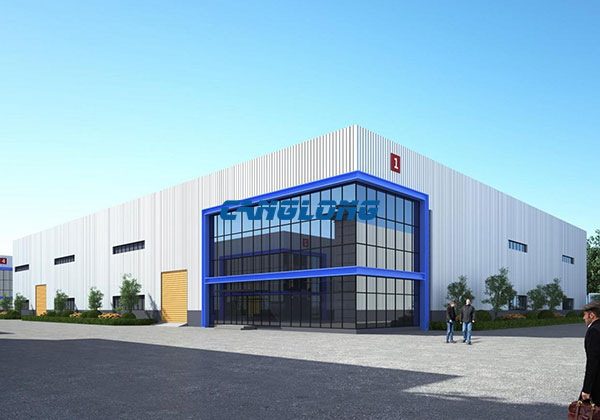
Advantages of steel structures
High strength and load-bearing capacity:
Steel has high strength and load-bearing capacity, and its tensile strength, compressive strength and flexural strength are much higher than traditional concrete and wood. This makes the steel structure lighter in weight under the same load, reduces the foundation load of the building, and saves a lot of material and construction costs. Especially in high-rise and super-high-rise buildings, the advantages of steel structures are more obvious.
Short construction period:
The components of the steel structure are generally prefabricated in the factory and then transported to the construction site for assembly. This method of prefabricated production and rapid on-site assembly greatly shortens the construction cycle and reduces energy consumption and noise, dust and other pollution during the construction process. In the construction of large industrial plants, the use of steel structures can be completed several months earlier than traditional structures, bringing significant economic benefits.
Strong space adaptability:
Steel structure factory buildings have good spatial adaptability, and their high strength and light weight make it possible to design large-span and large-space factory buildings. Enterprises can freely divide the internal space according to their own production processes and equipment needs, without the need for excessive internal support structures, which improves the efficiency of the factory building.
Environmental protection and sustainability:
Steel is a recyclable material. After the service life of the factory building is over, its steel can be recycled and processed and put back into new construction or industrial production, which greatly reduces the consumption of natural resources, reduces the generation of construction waste, and significantly reduces the impact on the environment.
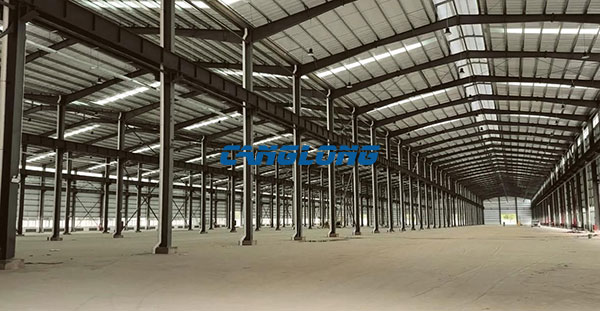
Application fields of steel structure factory buildings
Production and processing industry:
Steel structure workshops are widely used in food, light industry and industrial production and processing industries. It has a safe structure, light weight and high strength, and can realize the large space and other building functional requirements required by modern industrial plants. Prefabricated construction has short construction period, low cost, easy maintenance, superior building performance and significant comprehensive economic benefits.
Logistics storage category:
Logistics storage steel structure factories are equipped with steel structure platforms, shelf platforms, and mezzanine shelves inside, and are equipped with forklifts and hydraulic lifts to store and retrieve goods, making full use of warehouse space. Guanglian Steel Building Logistics provides high-performance support space for the high-speed operation of the logistics industry with its excellent properties such as large span, large space, wind and earthquake resistance, rainproof and leakproof, ventilation and moisturizing.
Large public facilities:
Steel structures will also be used in some large public facilities, such as aircraft assembly rooms, hangars, terminals, auditoriums, sports venues, bus stations, showrooms, exhibition centers, etc. Taking aircraft maintenance as an example, in the construction of modern factory buildings, steel structures can meet the requirements of air convection, making steel structure factories play an important role in the aviation industry.
Breeding and greenhouse cultivation:
Steel structures are also widely used in aquaculture and greenhouse cultivation. Poultry steel structure breeding plants include chicken houses, duck houses and goose houses; livestock steel structure breeding plants include pig houses, sheep houses, cow houses and steel structure pastures. Compared with traditional concrete breeding plants, steel structure breeding plants perform better in terms of structural performance and disaster resistance. The steel structure factory building for greenhouse planting industry has the advantages of high strength, light weight, and good earthquake resistance. It is equipped with insulation system, cooling system, ventilation system, control system, irrigation system, etc. to facilitate production.
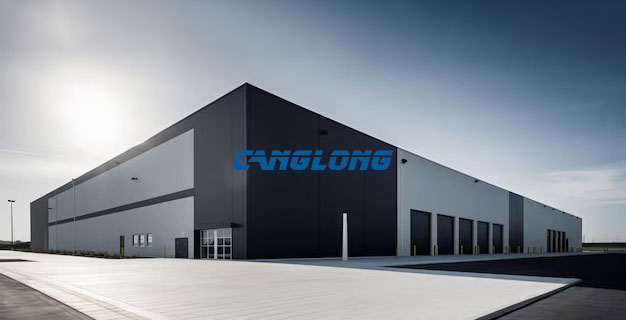
Economic performance of steel structure factory building
In the design stage, reasonable material selection and optimized design are crucial to controlling project costs. The selection of materials such as color-coated steel plates, wall materials, and floor decking directly affects the total project cost. In addition, the selection of steel specifications and materials are also key factors in controlling the cost. High-strength materials should be used as much as possible during design. For example, Q345 steel can save 15%-25% of steel compared with Q235 steel. At the same time, determining the reasonable floor and facade layout and structural system can also effectively control the project cost and achieve economic applicability.
Future outlook
With the continuous advancement of technology and people’s increasing requirements for green and environmental protection, the application prospects of steel structures in factory buildings will be broader. New fireproof and anti-corrosion coatings will further improve the durability and safety of steel structures; the abundance of automated steel structure processing equipment will also improve the construction speed and quality of steel structure workshops; intelligent design and management systems will make steel structure workshops more Efficient, energy-saving and comfortable.
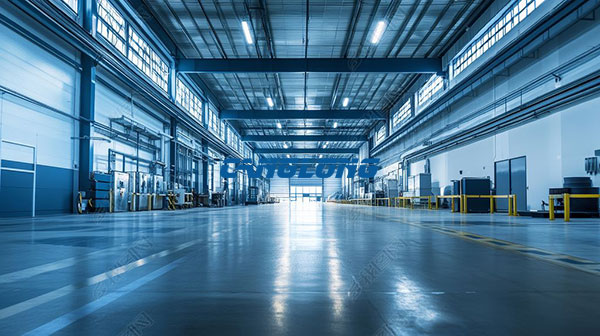
To sum up, steel structure has become an indispensable and important material in modern factory building design with its unique advantages. In the future, steel structures will continue to promote factory buildings towards sustainable development and create greener, more environmentally friendly and efficient production spaces for industrial enterprises.
